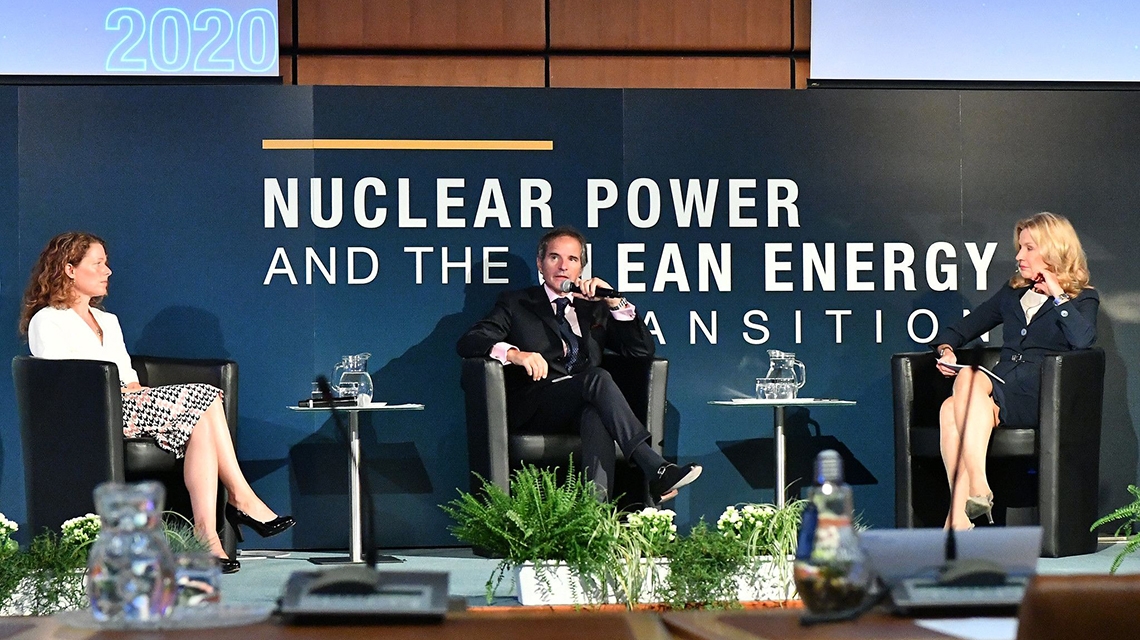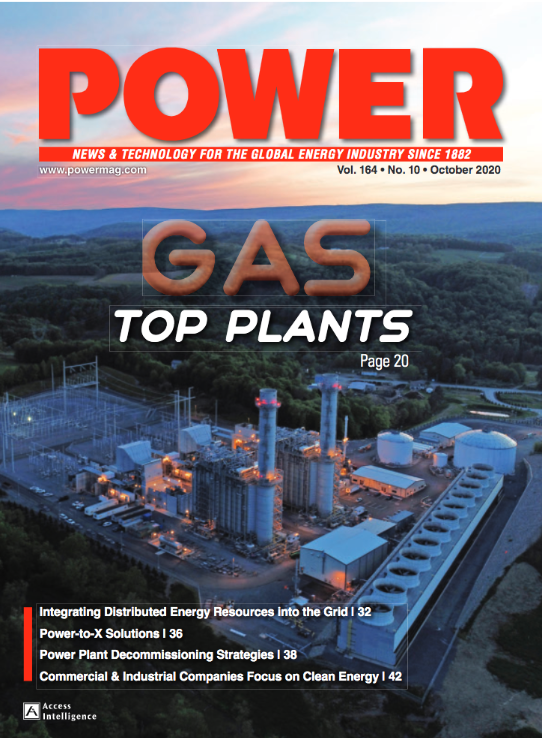Nuclear power must have a seat at the table in global discussions over energy policies to curb emissions and meet climate goals, as technical and scientific advances open the door to better economics and greater public acceptance of this low carbon source of energy.
These are some of the conclusions of this year’s IAEA Scientific Forum, where ministers, scientists and other experts from industry and civil society came together for two days of talks on scientific and technological advances in nuclear power that could help drive the global transition to clean and sustainable energy. The event, which included both in-person and virtual presentations, featured lively discussions from participants both in the room and online.
Participants discussed innovations that are making nuclear power a more affordable and attractive energy option. These include advances in large reactors, emerging technologies such as advanced fuel and small modular reactors (SMRs), engineering breakthroughs extending the operational lifetime of existing reactors, and new developments in waste management such as the construction of the world’s first deep geological repository for spent nuclear fuel.
This article sums up the discussions of the four sessions. Highlights of the opening session can be found here, and detailed programme and presentations here.
The first session opened with a look at the data underpinning the need for nuclear power in the clean energy transition. It then discussed how new construction methods and innovative reactor designs can support the deployment of advanced nuclear power to achieve climate goals. It also examined engineering breakthroughs for the long-term operation of existing reactors as well as the role of artificial intelligence and digital technology in future systems combining nuclear with renewables.
The Director General of the World Nuclear Association, Agneta Rising, set the scene by recapping the scenario by the Intergovernmental Panel on Climate Change (IPCC), according to which nuclear energy has to expand six-fold by 2050 and make up 25% of the world’s electricity generation to keep the global temperature rise “bearable”. While recent projections by the IAEA show that future growth in nuclear power is unlikely to match that scenario, Rising said, “innovation can help nuclear energy meet many of the challenges which are holding back its growth.”
The need to accelerate innovation, such as through new partnerships and R&D funding, will be key for this growth, panellists said, as advances in the large-scale deployment of both small and large reactors can help drive down costs. Small modular reactors, for example, hold the promise of being a more viable and affordable option for many countries, including developing nations, due to lower up-front costs. Rita Baranwal, Assistant Secretary for the Office of Nuclear Energy in the United States Department of Energy, said innovation in this area in the United States is being driven by the private sector, showing a paradigm shift and providing an opportunity. “We do see a lot of interest from venture capitalists, philanthropists, investing in the nuclear energy sector and we certainly need to continue to leverage and take advantage of it.”

.jpg)











